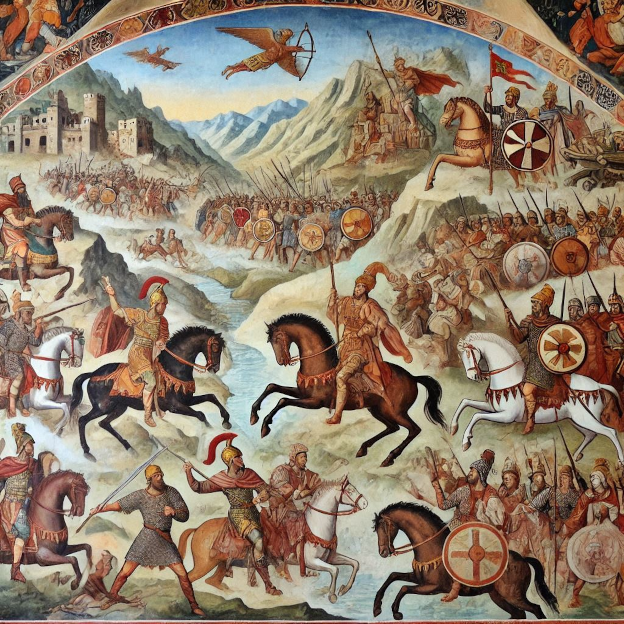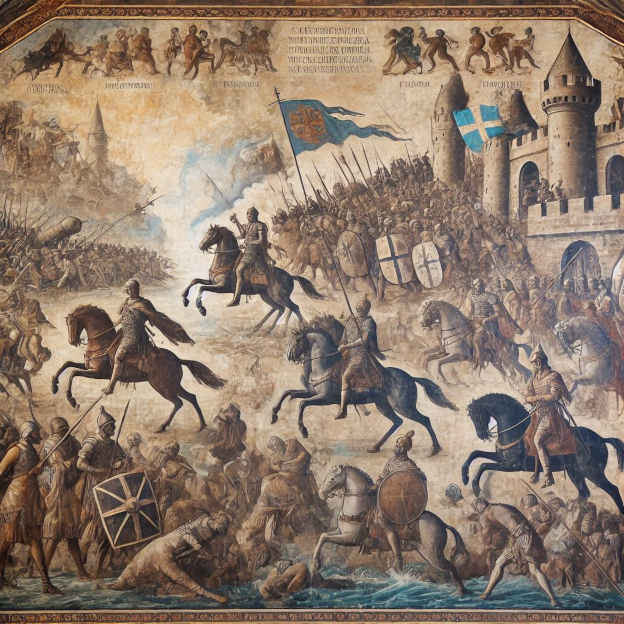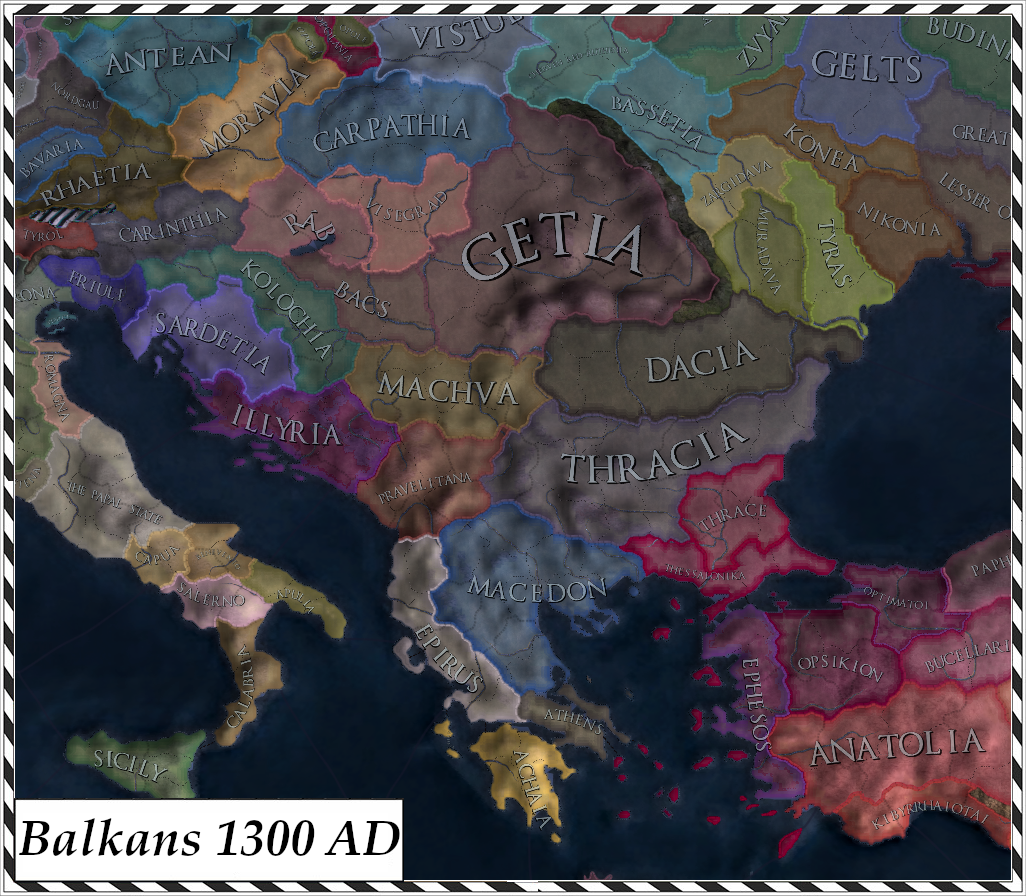Table of contents

Table of contents:
Other Chapters:- Tauric Antique period (480 BC - 450 AD)
- Tauric Middle Ages (450 AD - 1300 AD)
- Tauric Empire – 1300 AD
- The World at the Beginning of the 14th Century AD
- Religions of the World in 1300 AD
- Languages and Cultures of the World – 1300 AD
- The World at the Beginning of the 16th Century AD
- The Tauric Empire – 1500 AD
- Renaissance
- The First Geographical Discoveries - (Late 15th Century AD - Early 16th Century AD)
- The Evolution of Armies in the 14th-15th Centuries

Zoticid dynasty:
- Molon III (1300 AD – 1317 AD)
- Molon IV (1317 AD – 1328 AD)
- Akrotatos III (1328 AD - 1348 AD)
- Spartokos VIII (1348 AD – 1361 AD)
- Akrotatos IV (1361 AD – 1366 AD)
- Theodotos VII (1366 AD – 1385 AD)
- Memnon II (1385 AD – 1411 AD)
- Tauriskos V (1411 AD – 1420 AD)
- Antialkidas II (1420 AD – 1426 AD) – Euporia Hikanatos (1426 AD – 1434 AD)
- Akrotatos V – Part I (1434 AD – 1440 AD) , Part II (1440 AD - 1455 AD)
- Spartokos IX (1455 AD – 1473 AD)
- Spartokos X (1473 AD - 1492 AD)
- Eumelos II (1492 AD – 1504 AD)
- Spartokos XI (1504 AD – 1510 AD) - Euporia Petraliphas (1510 AD – 1512 AD)
- Gorgippos V (1512 AD – 1527 AD)

Vamvaloudes dynasty:
Last edited:
- 2
- 1
































































